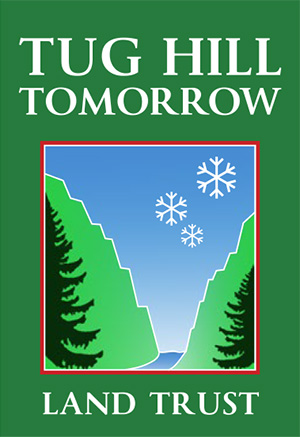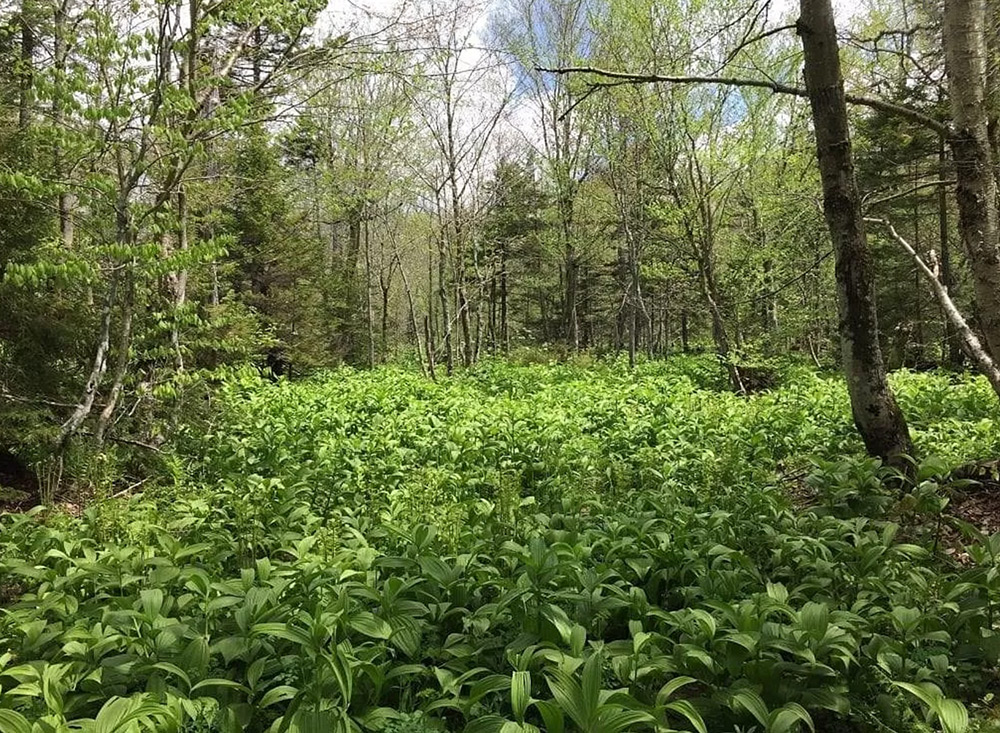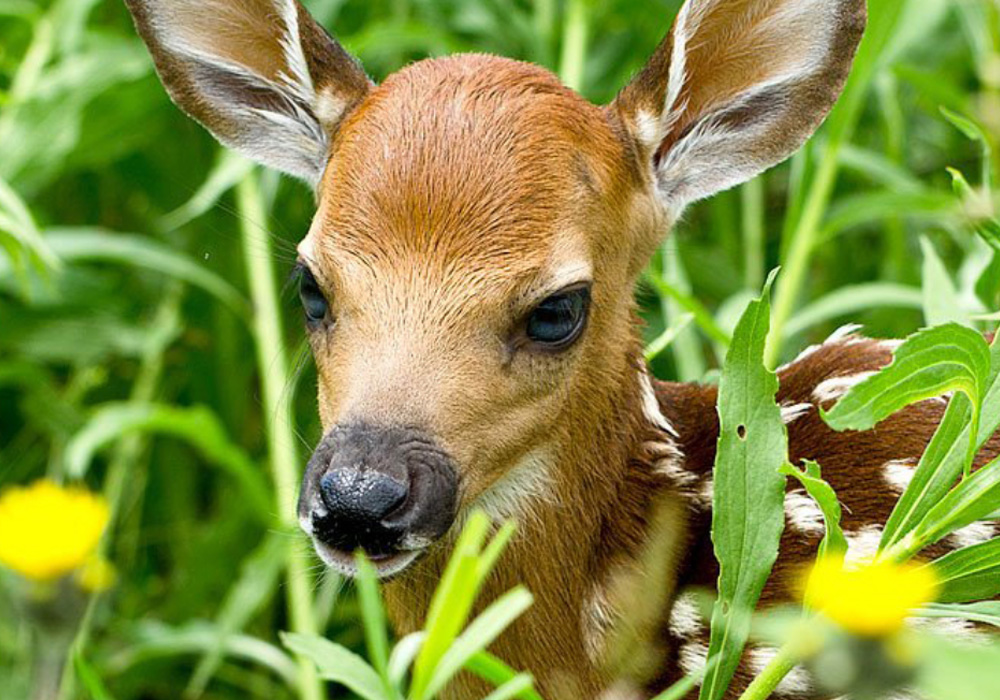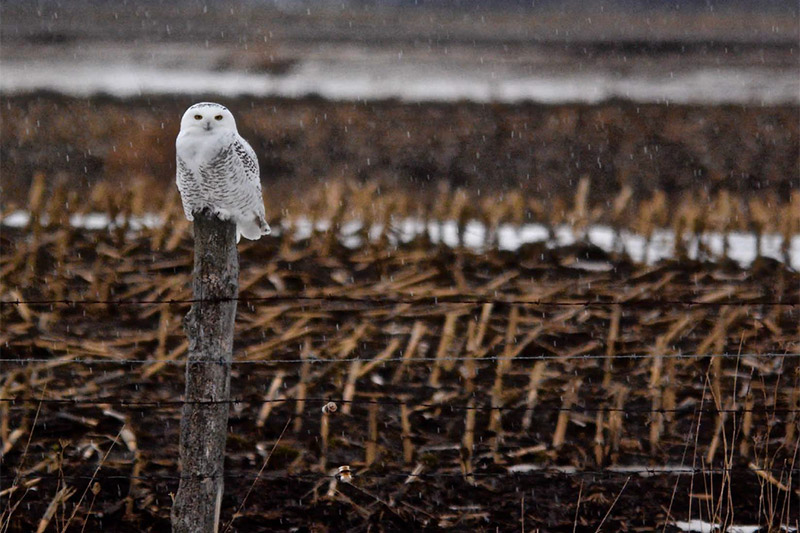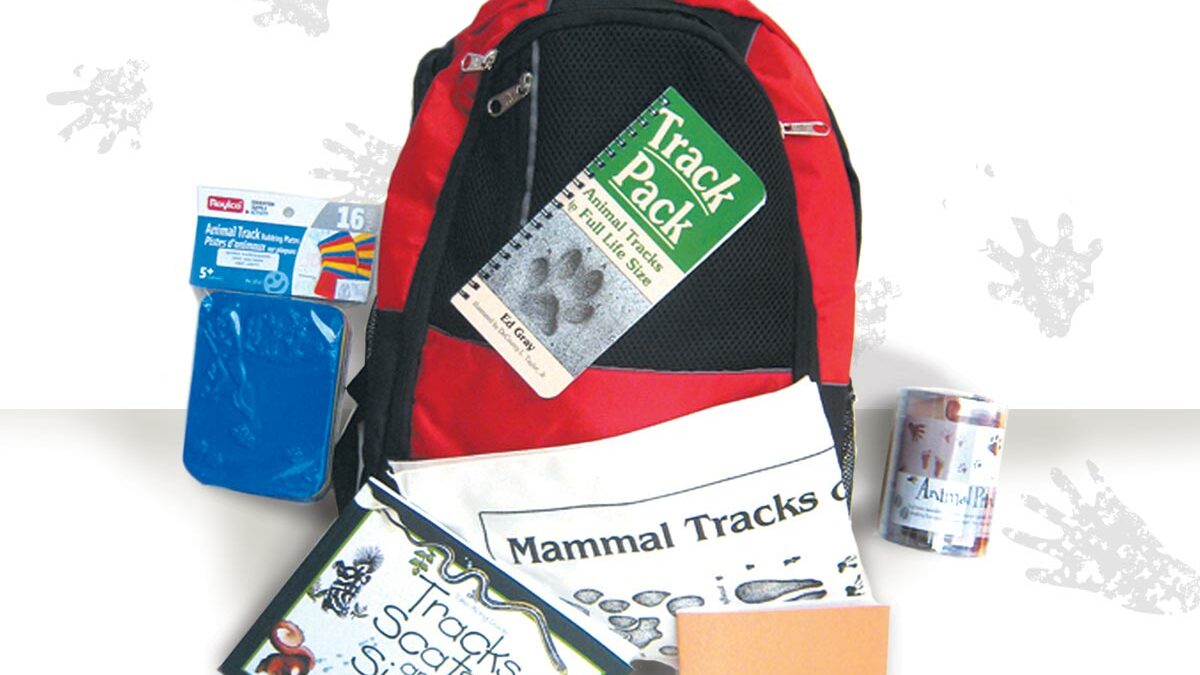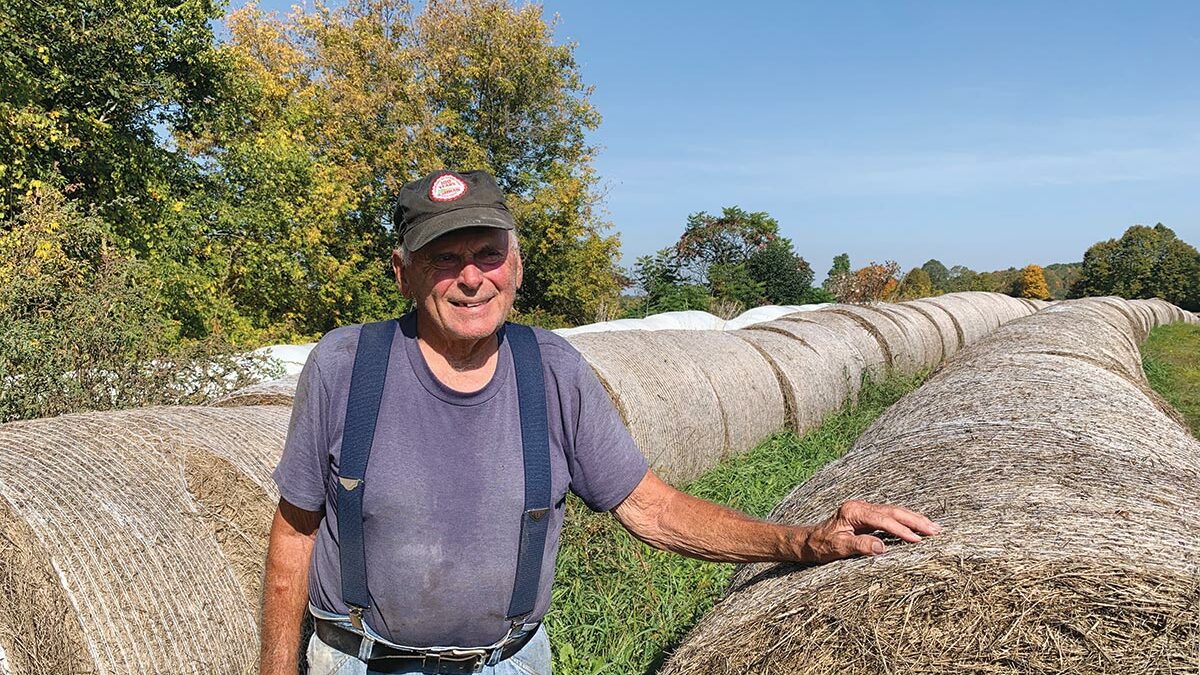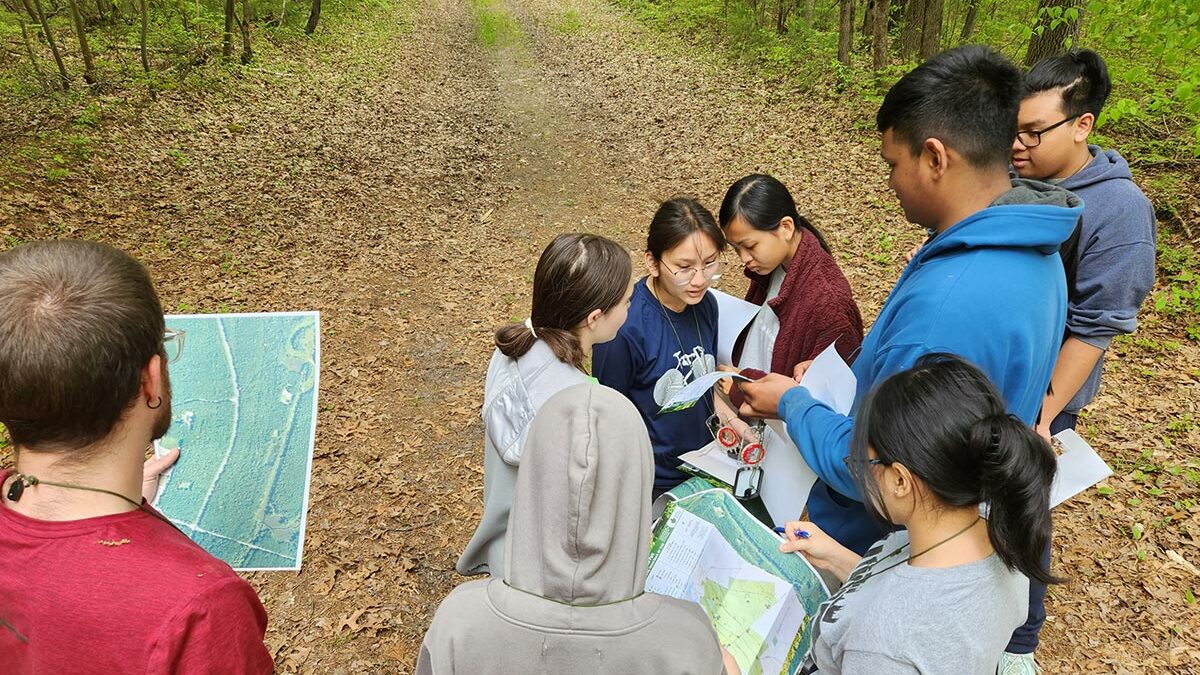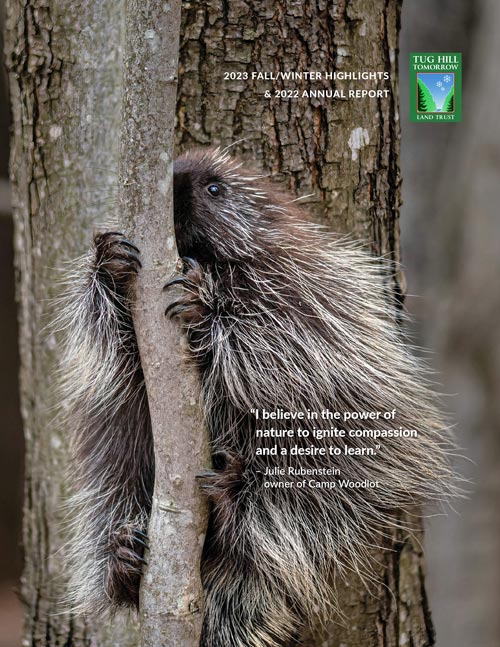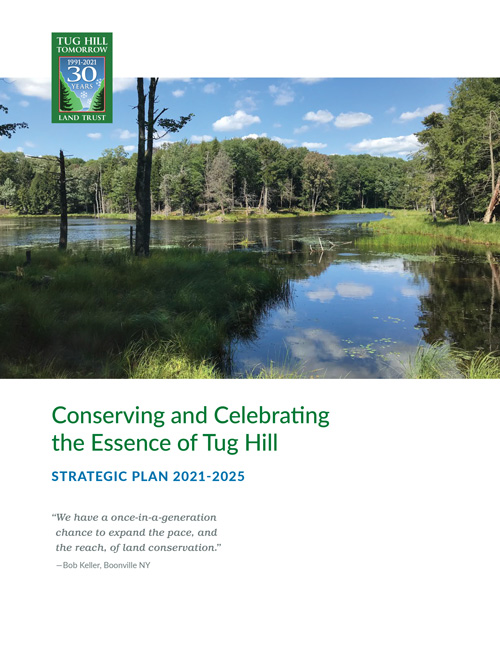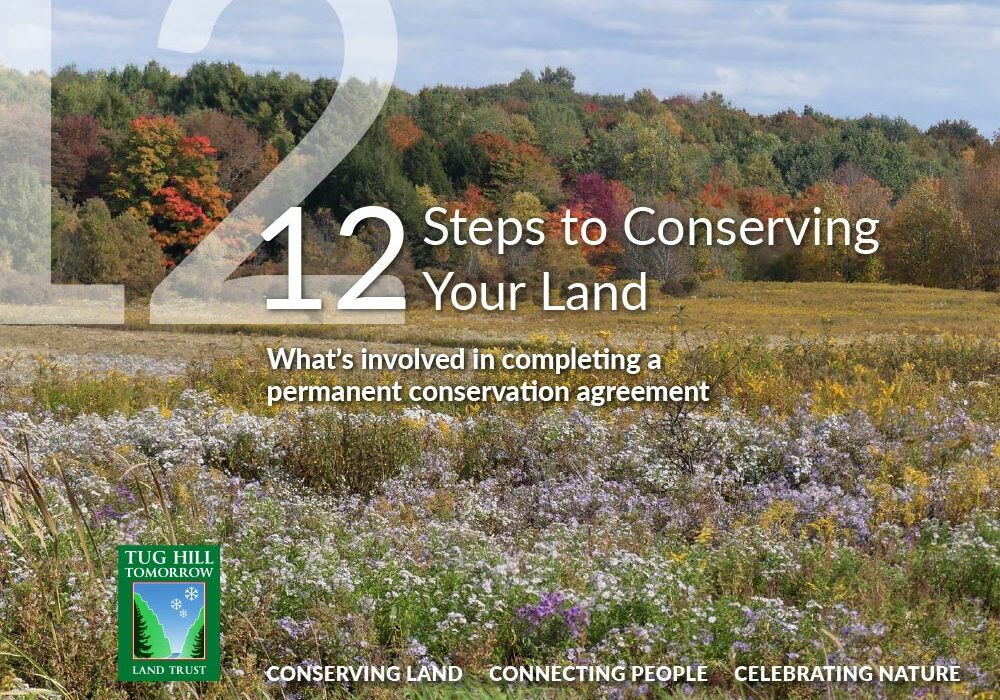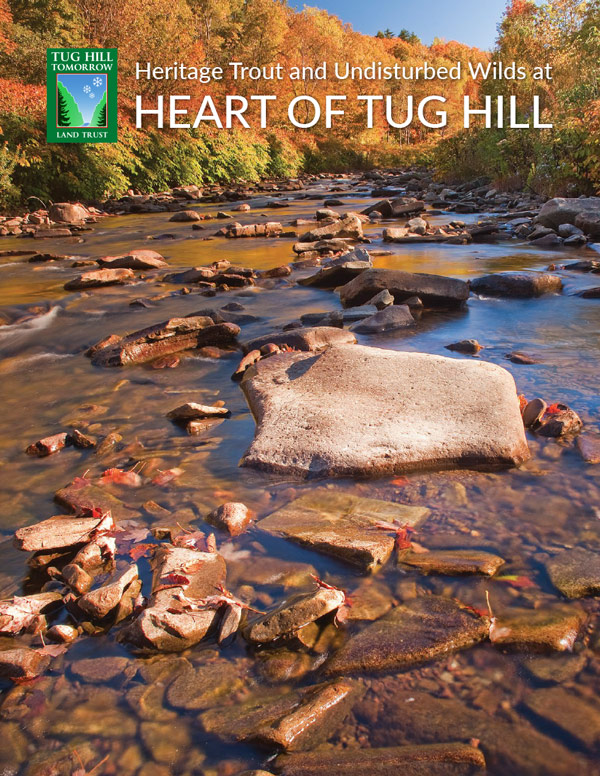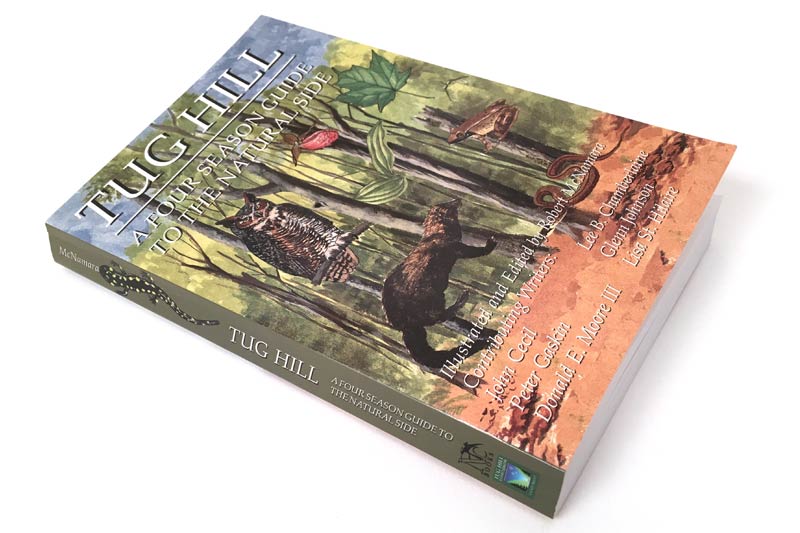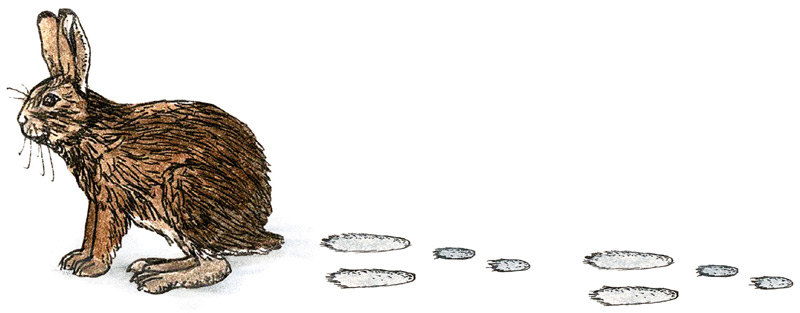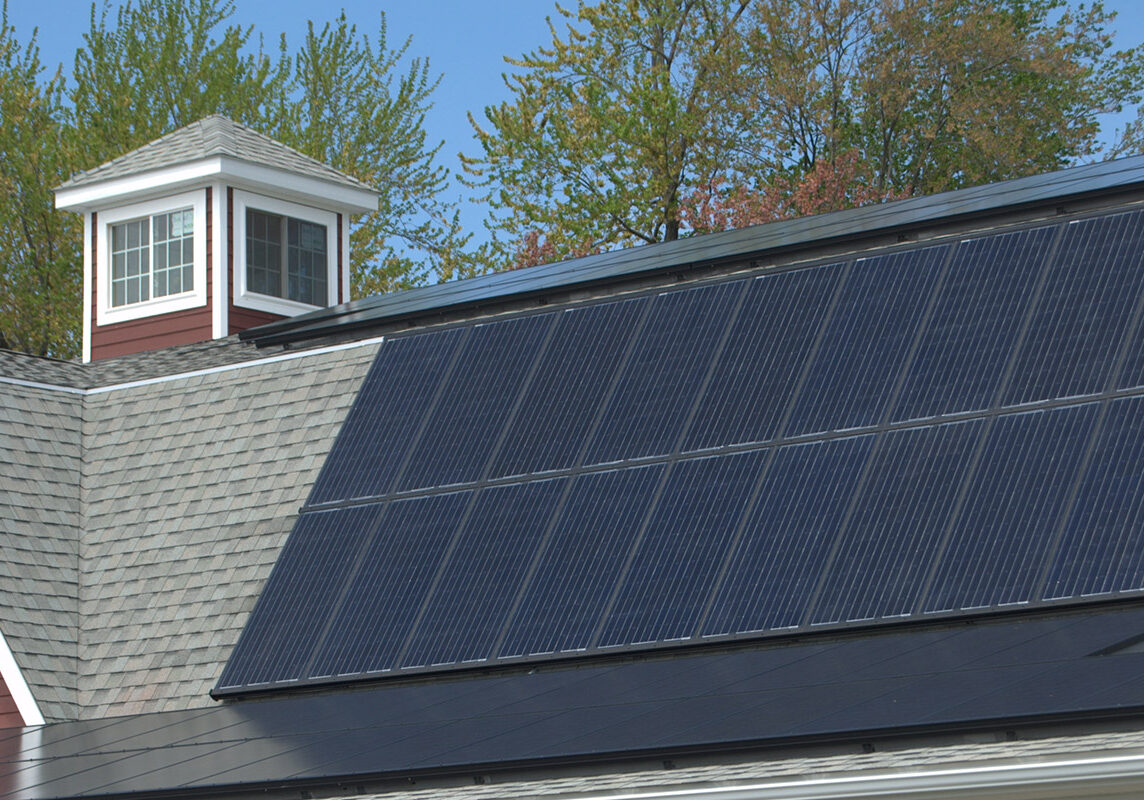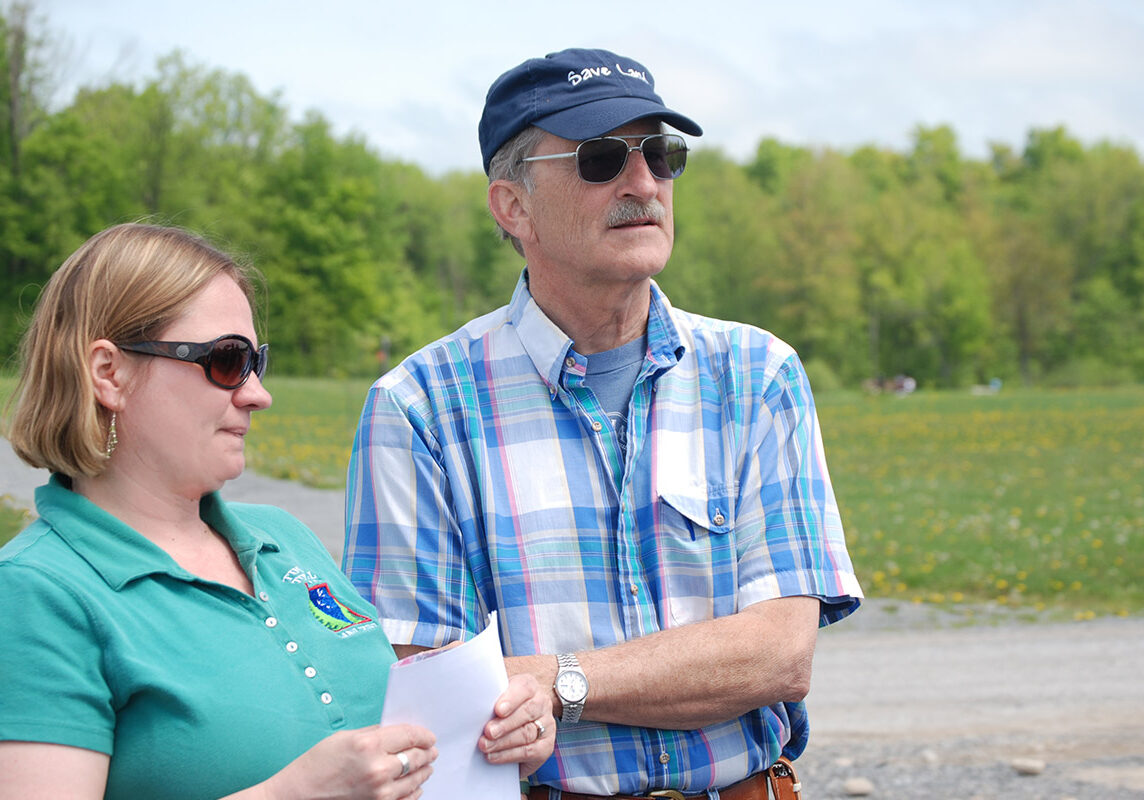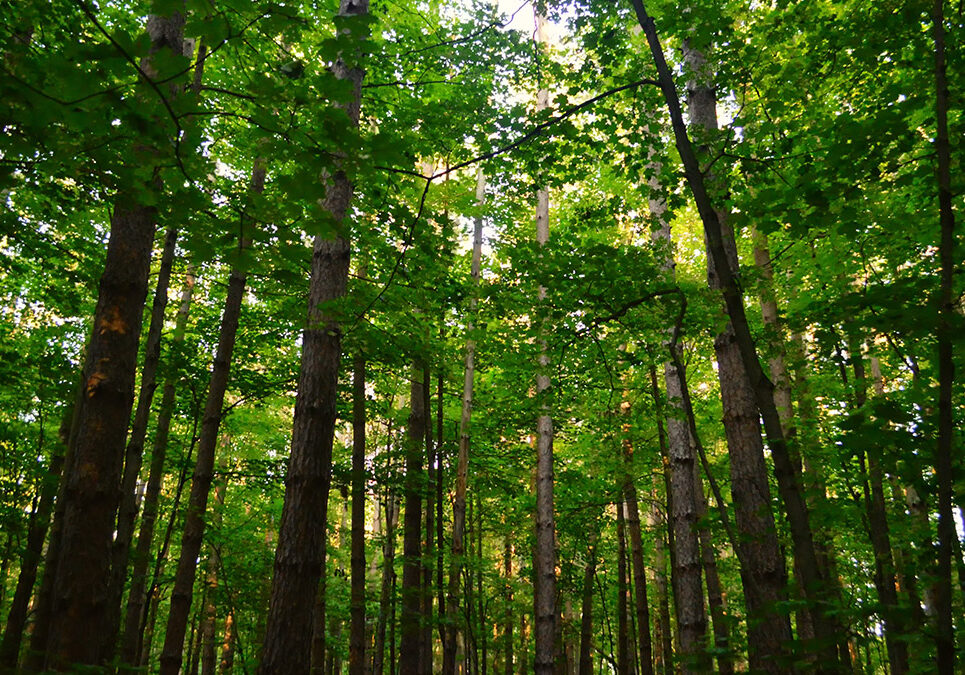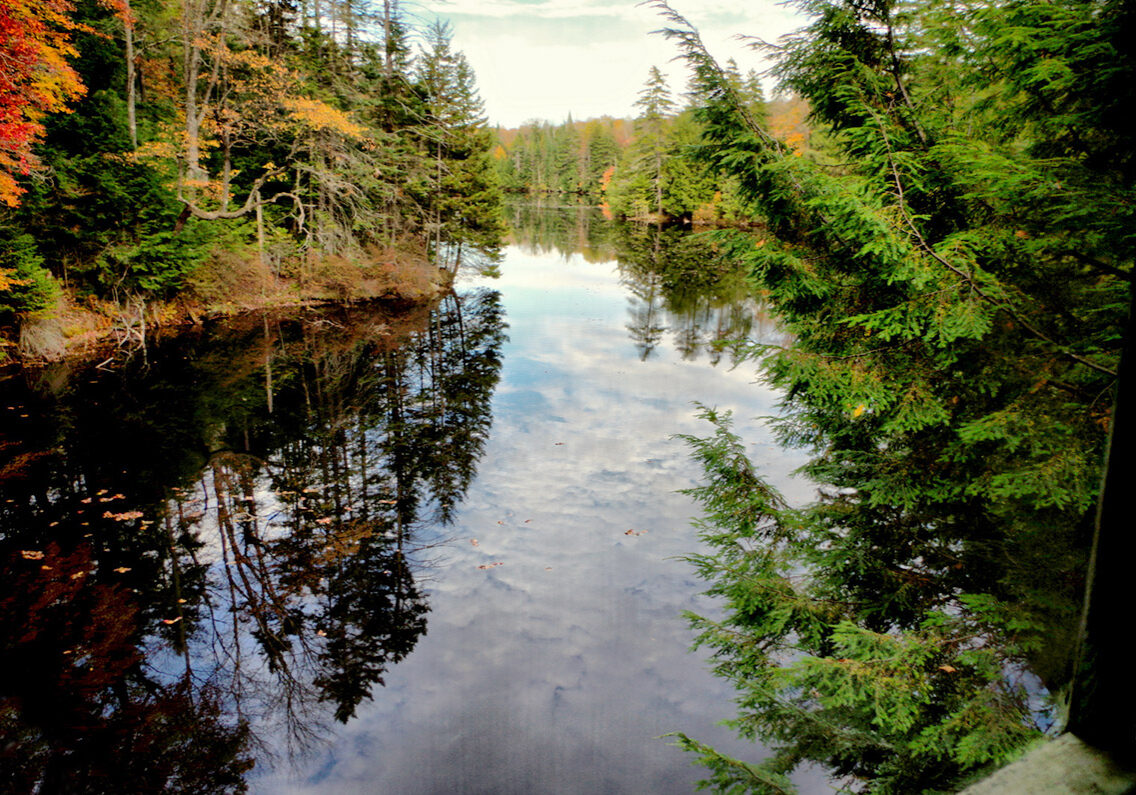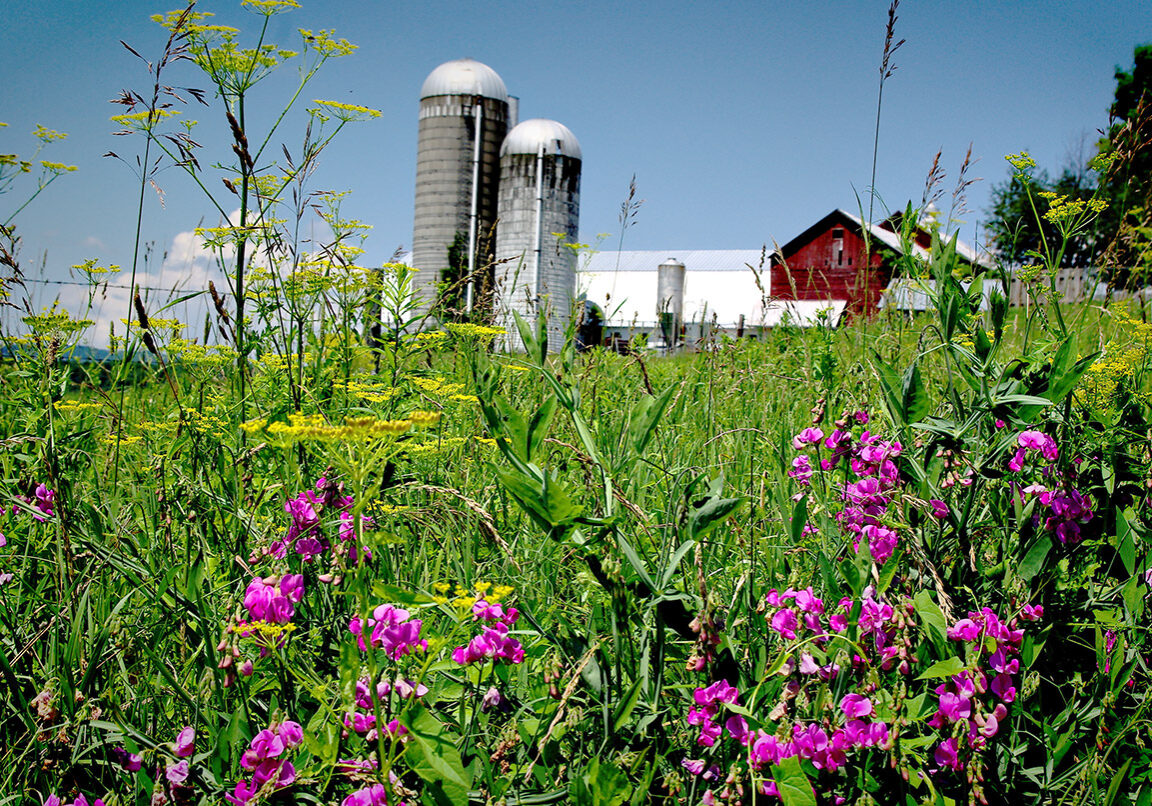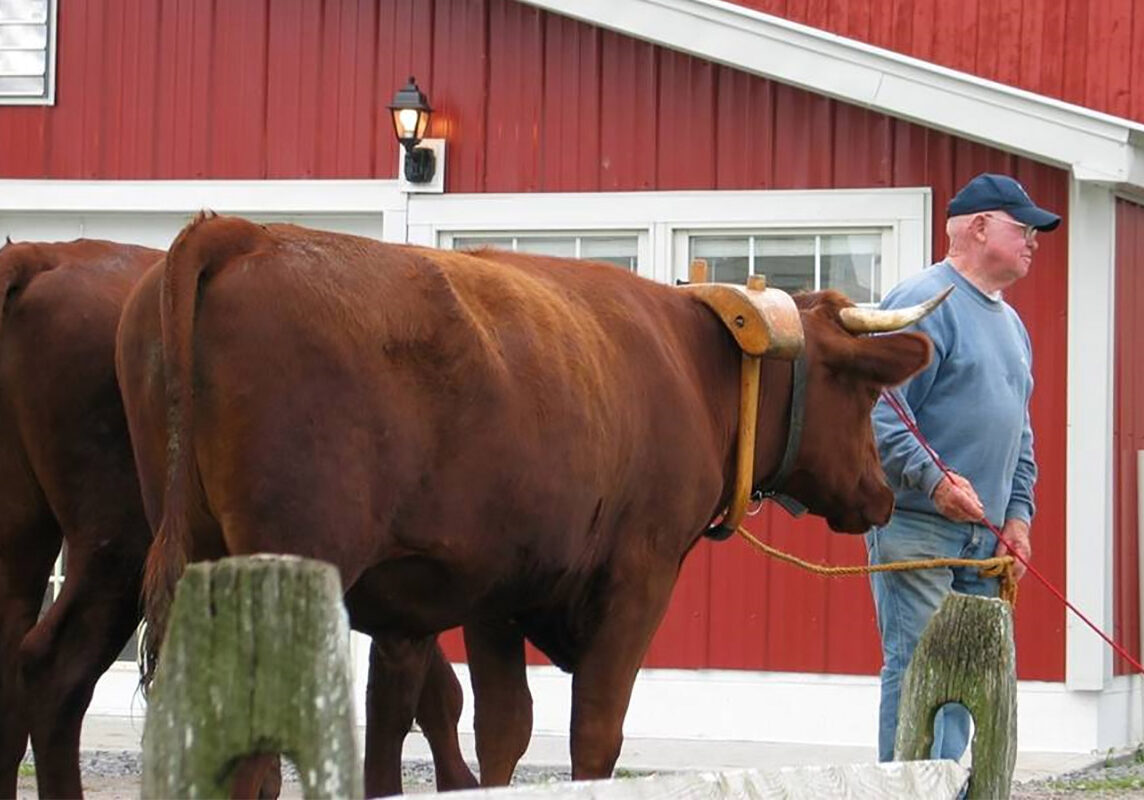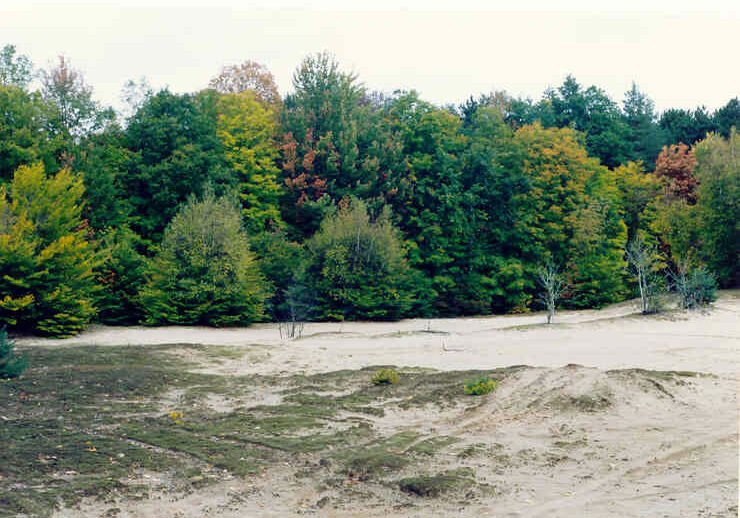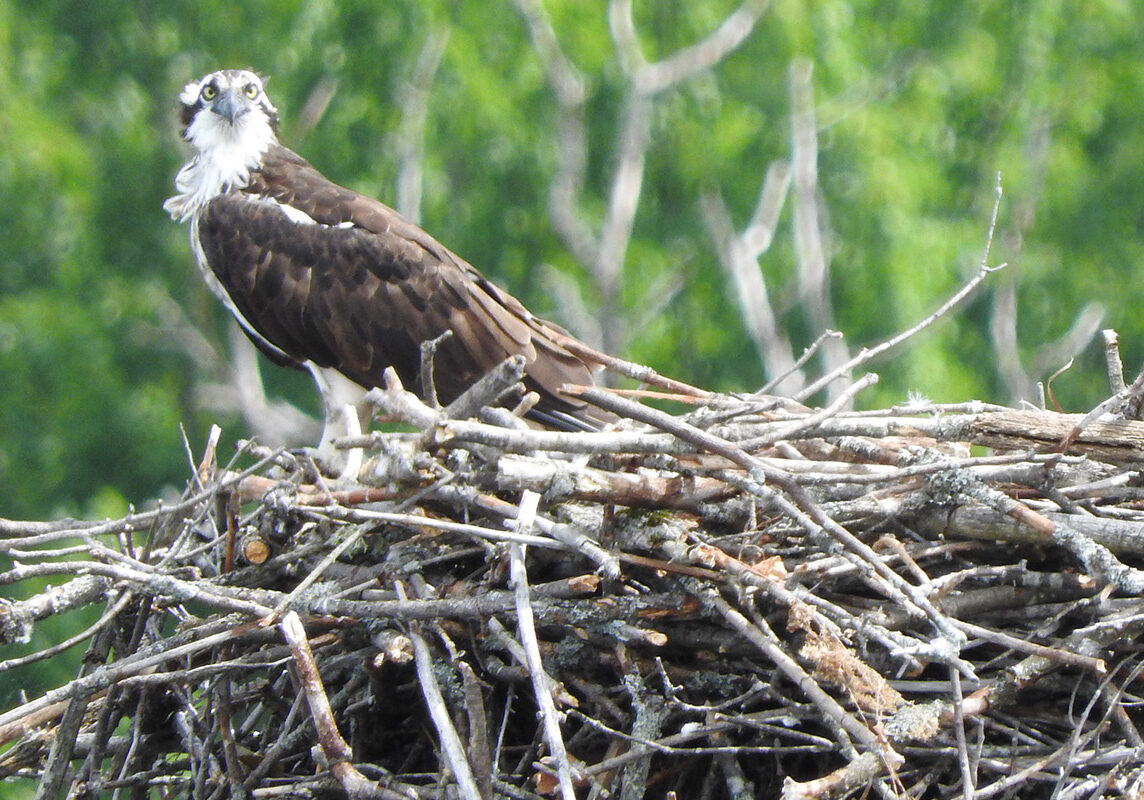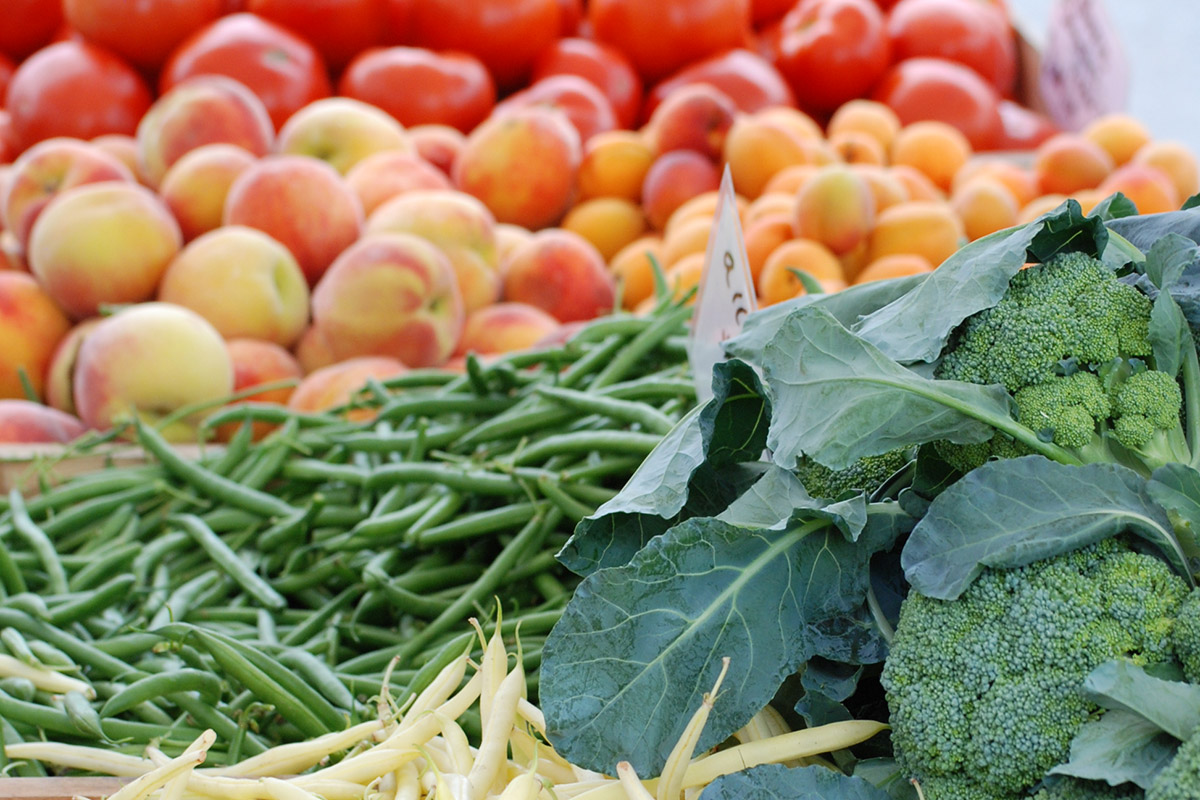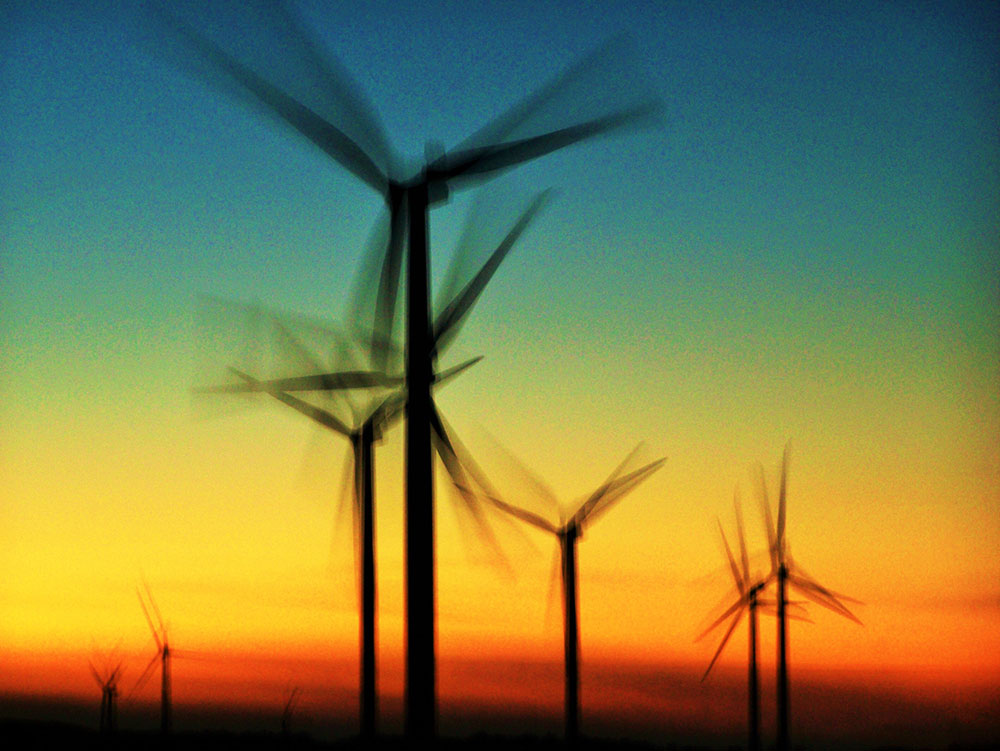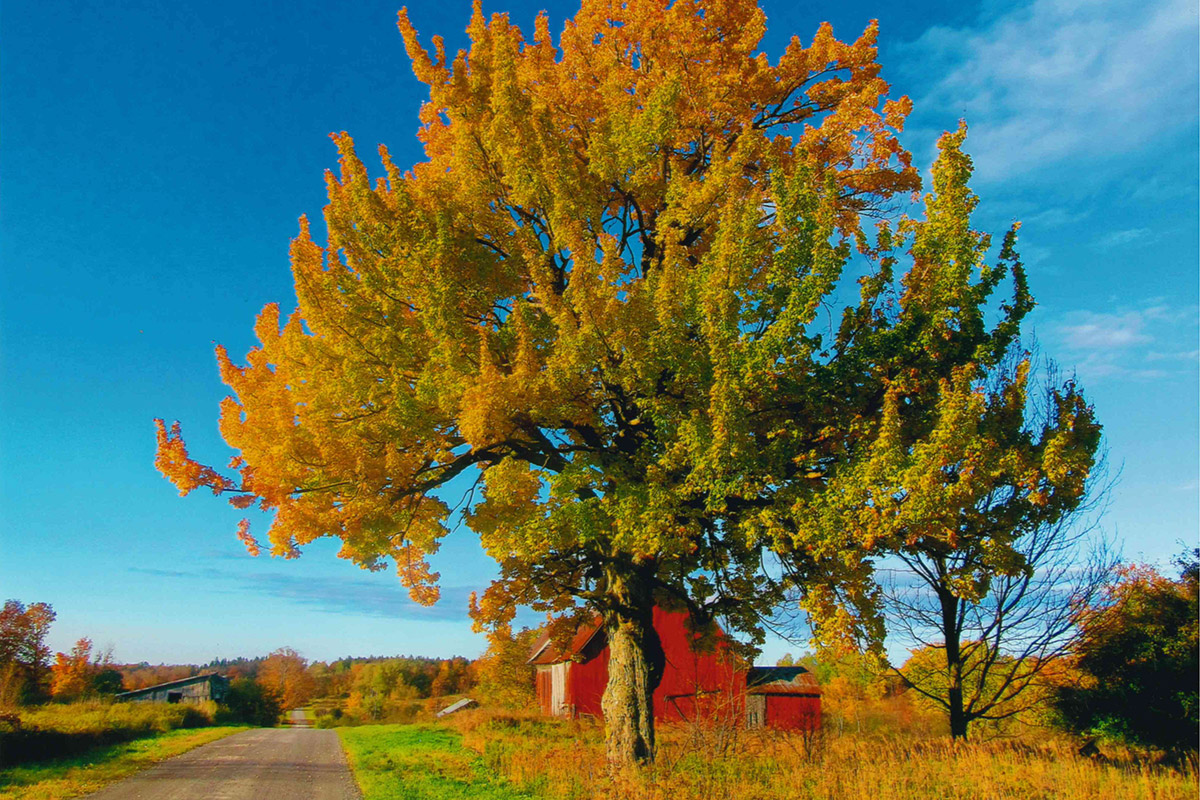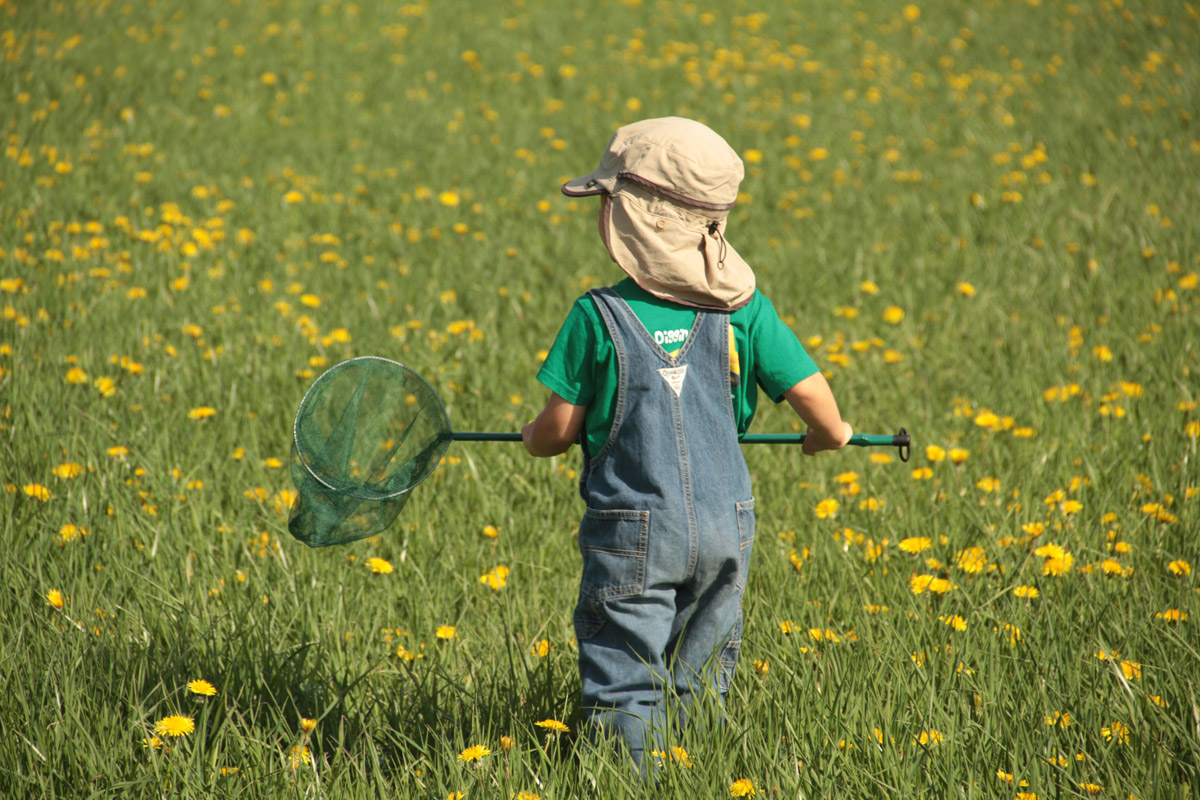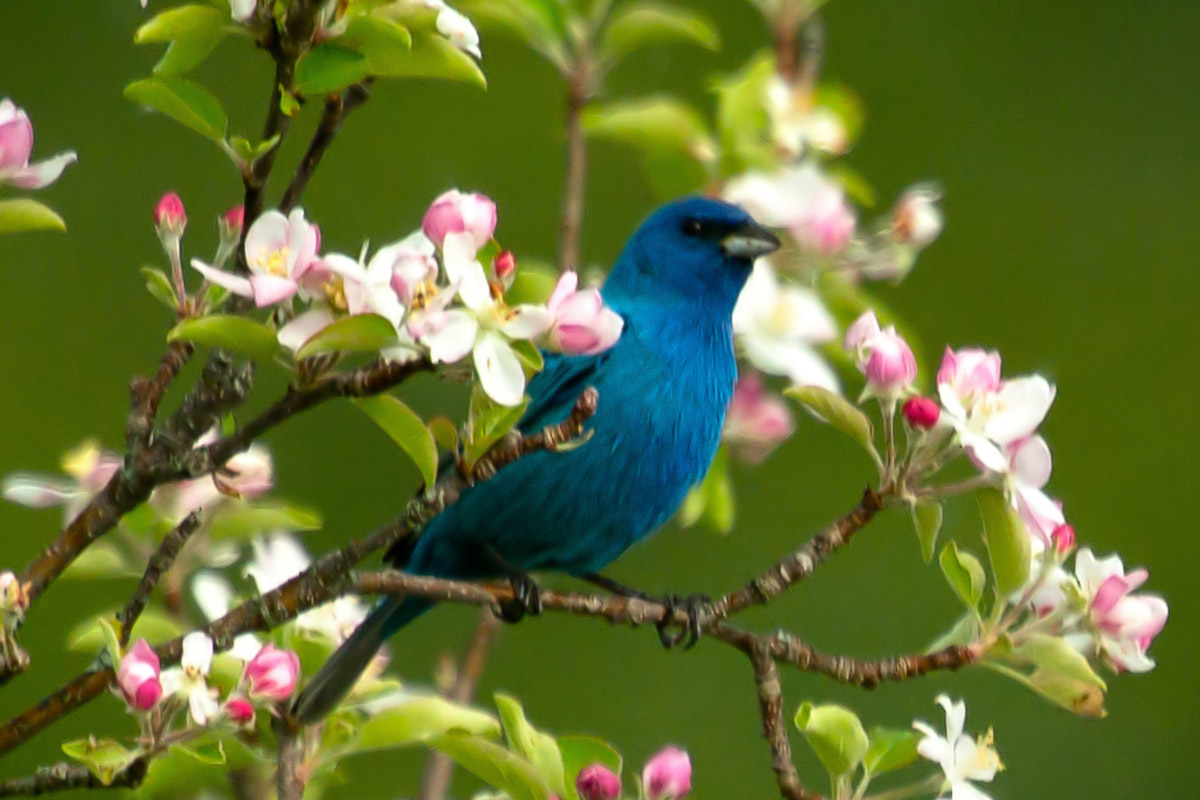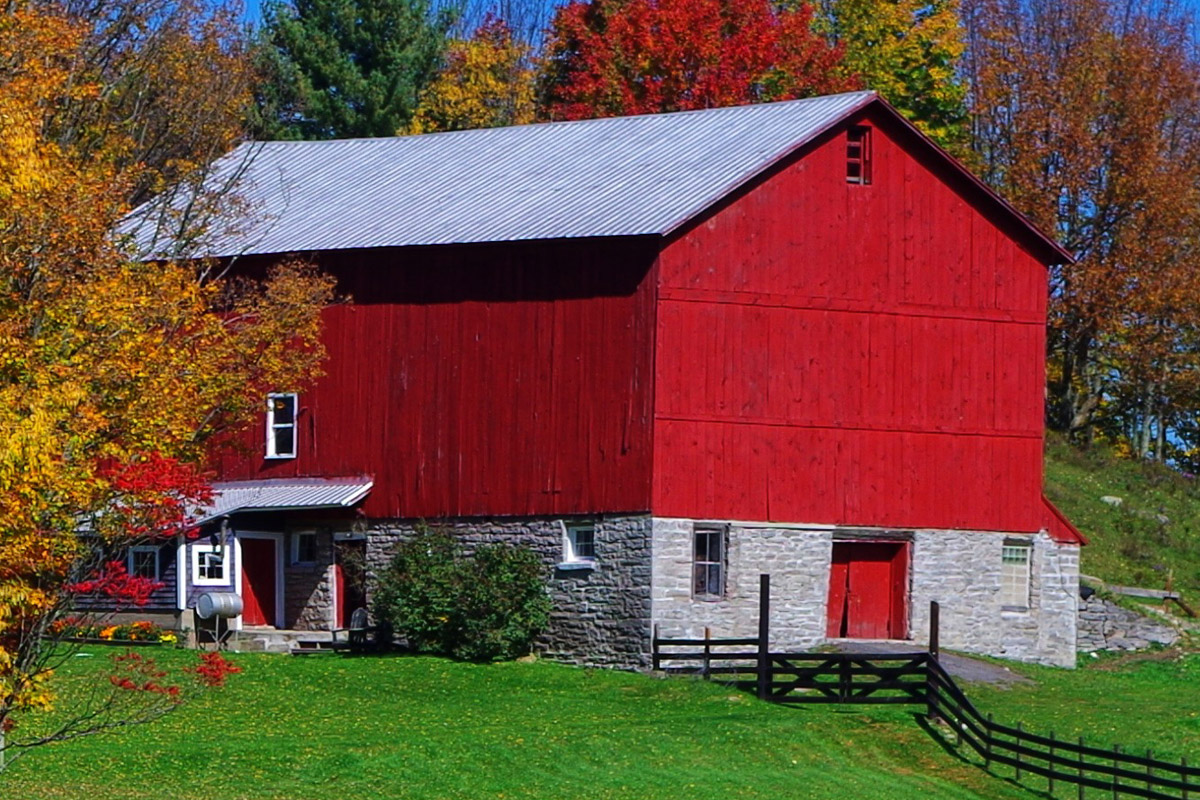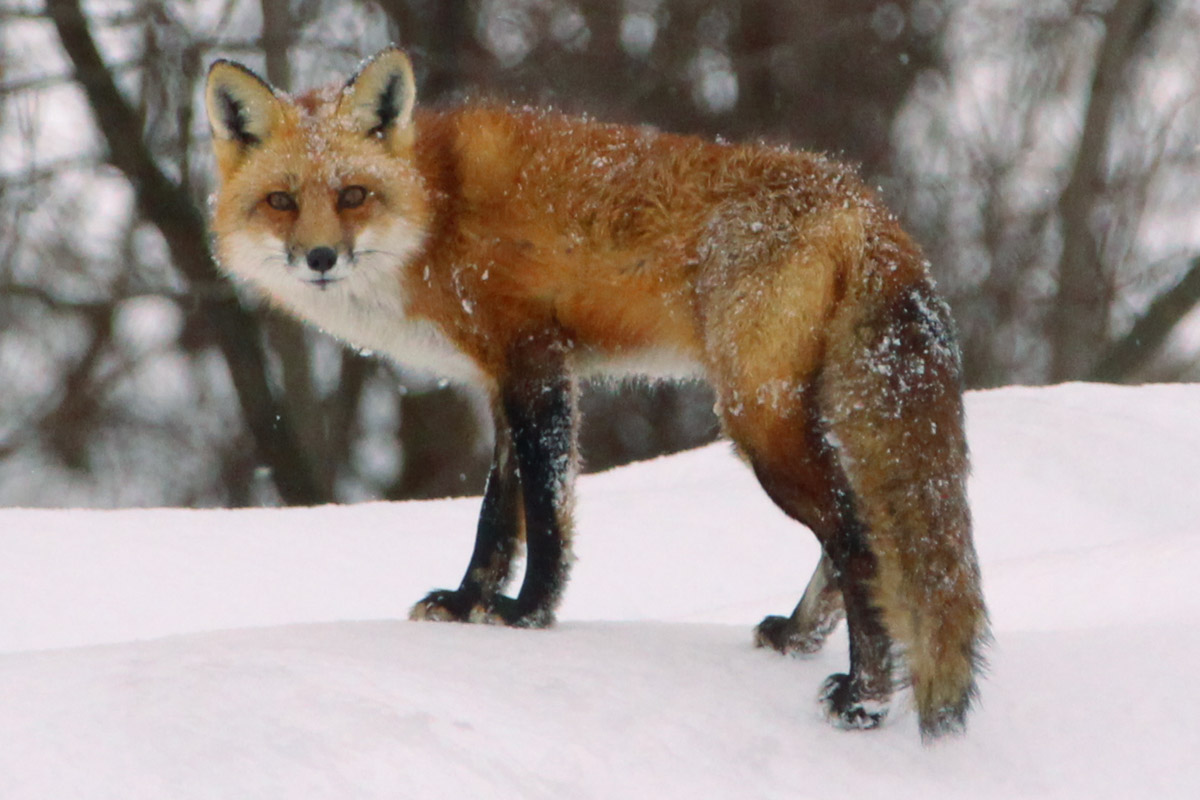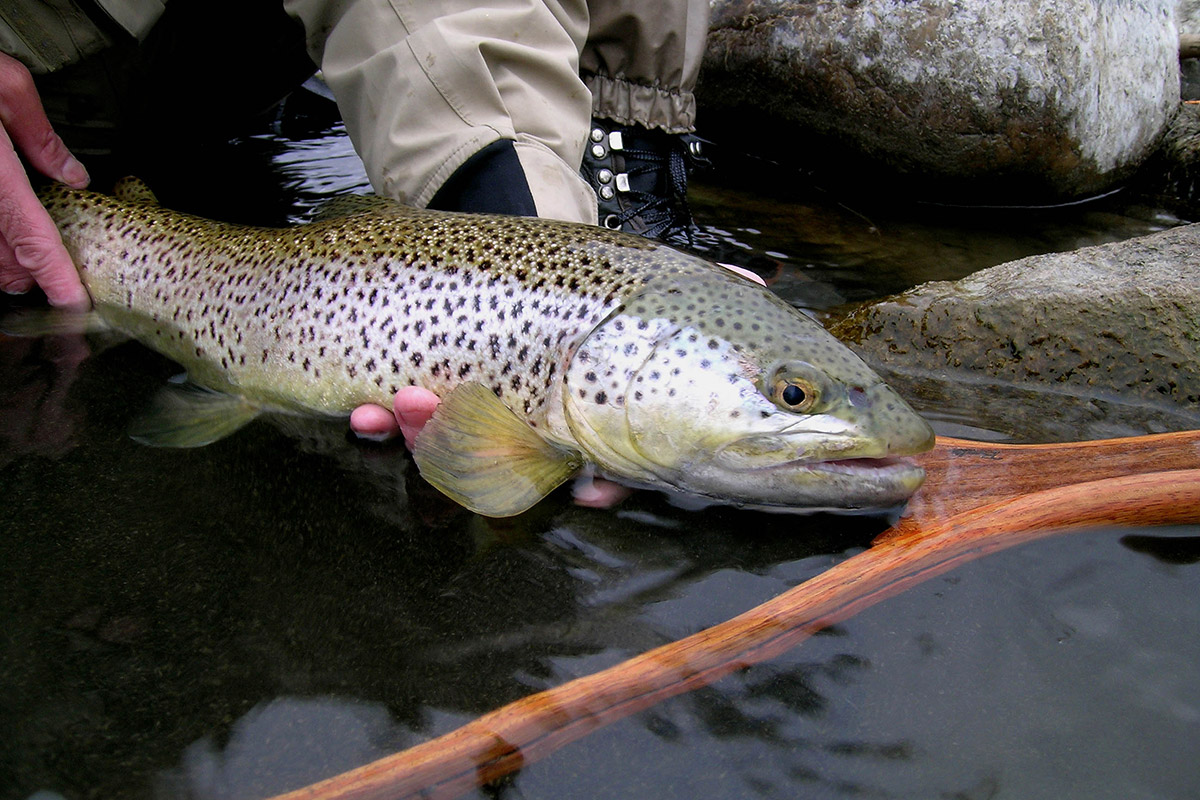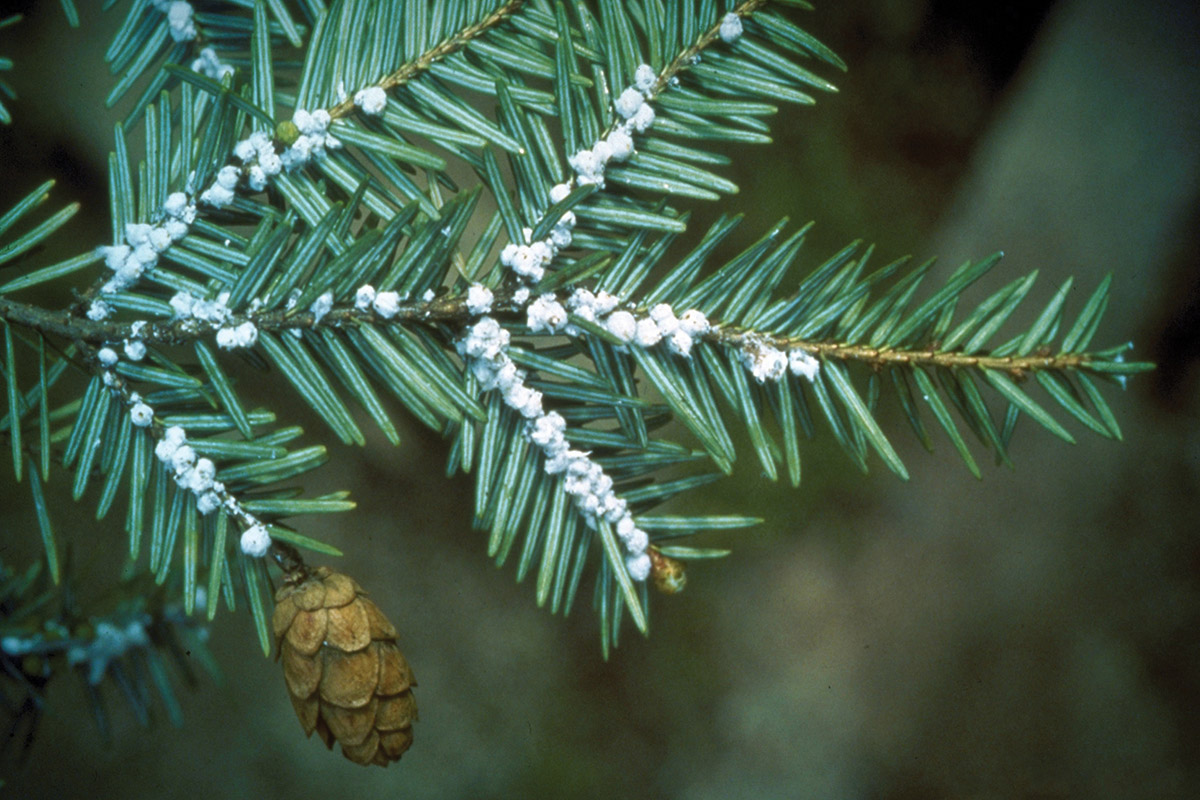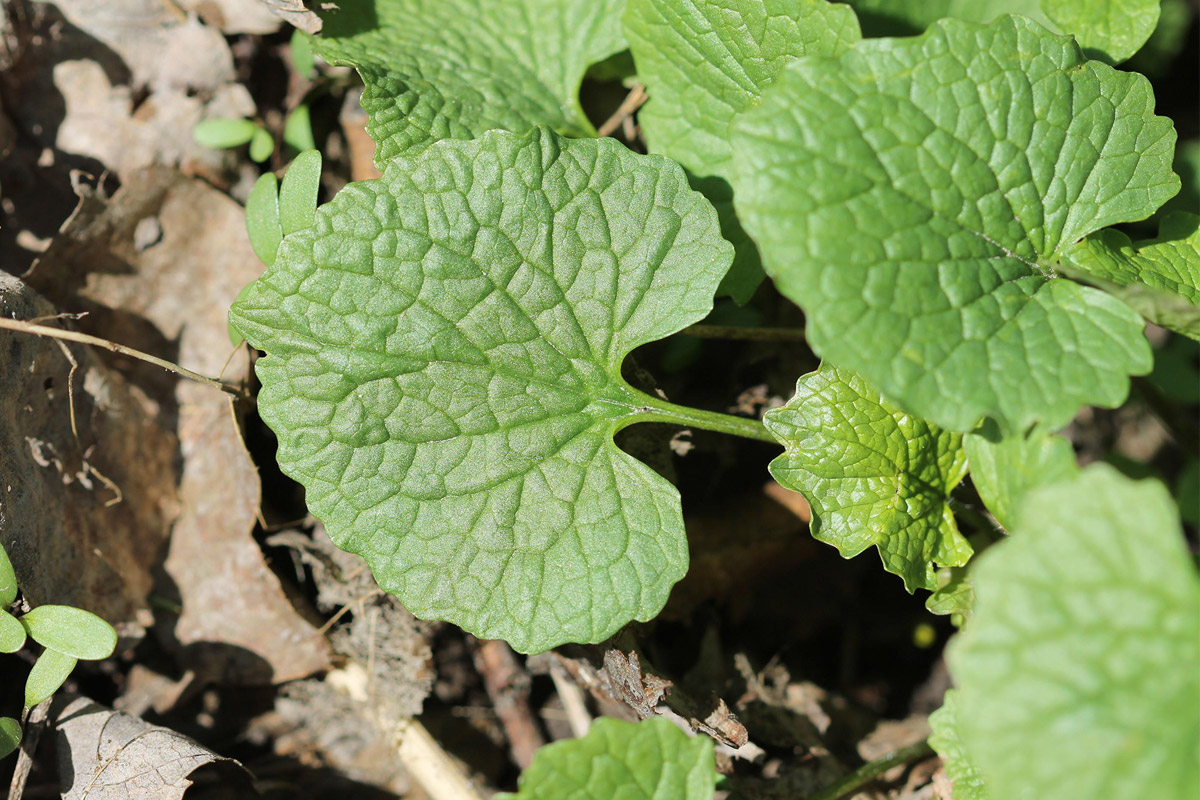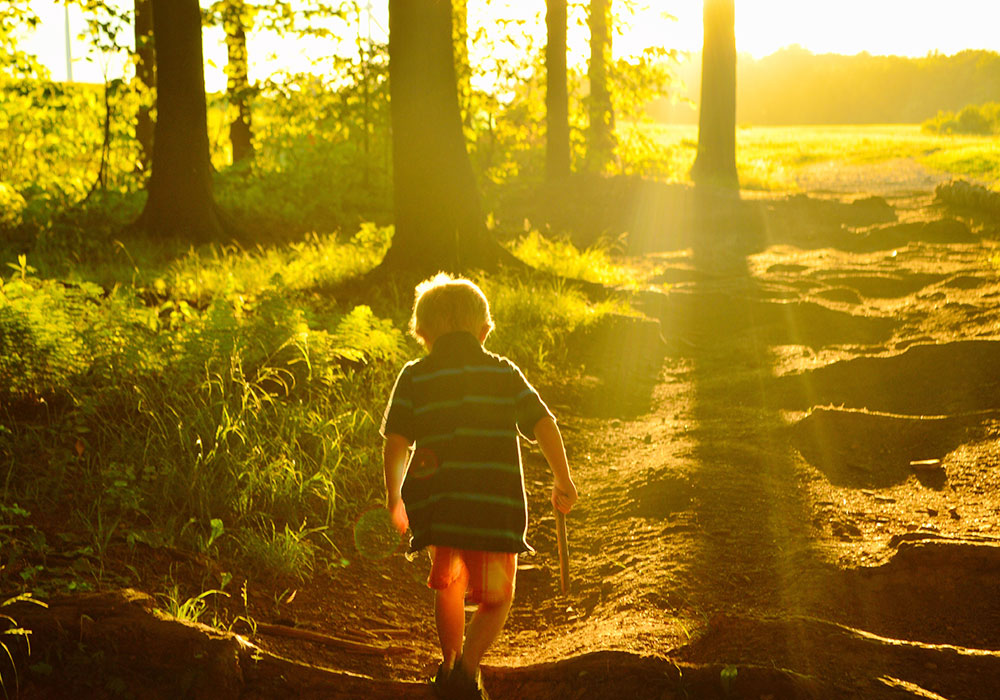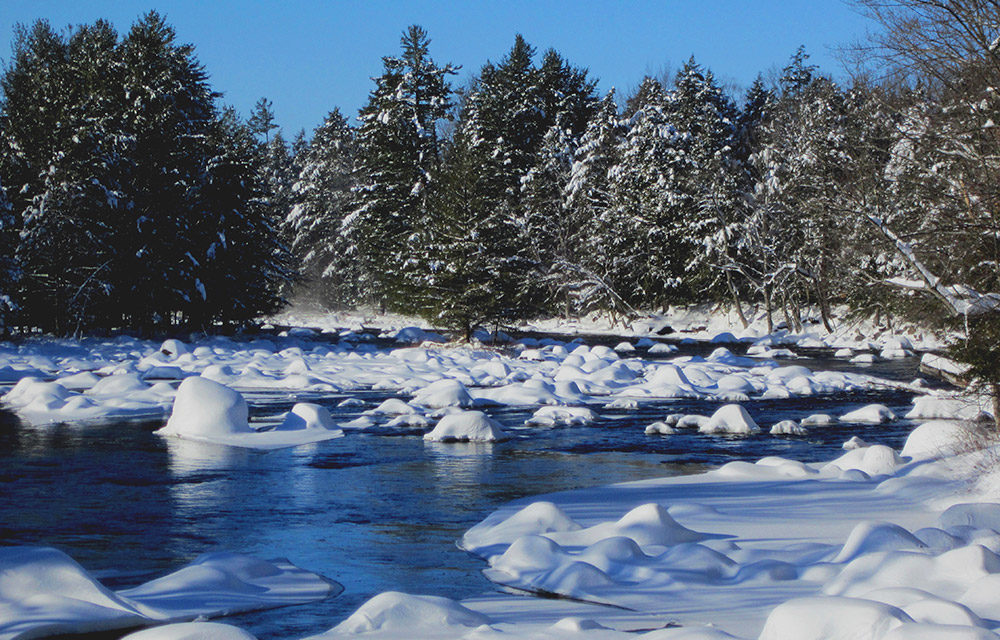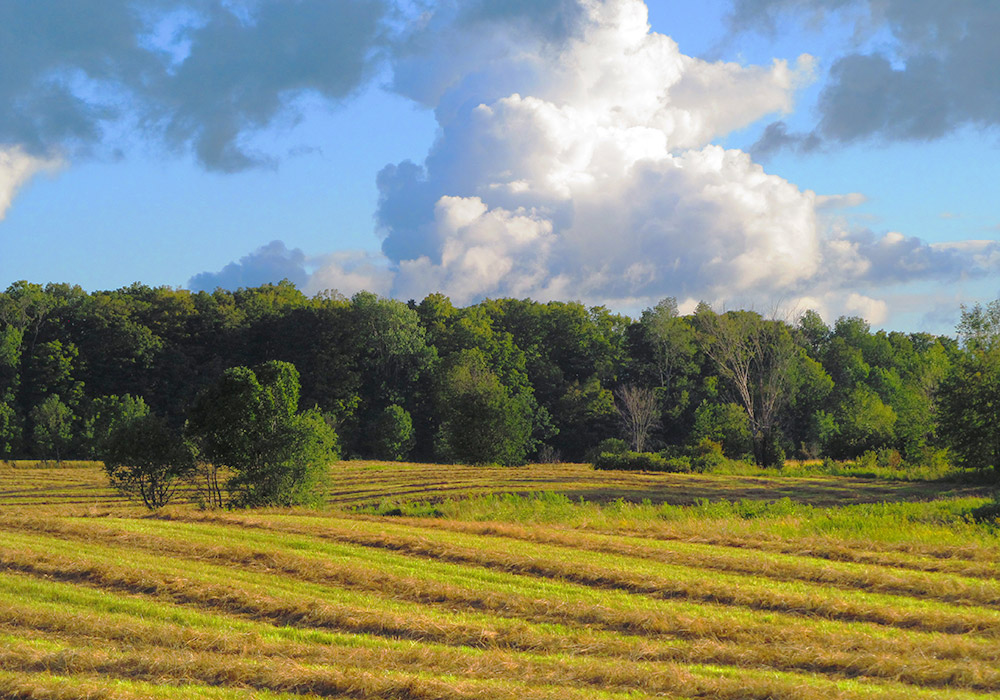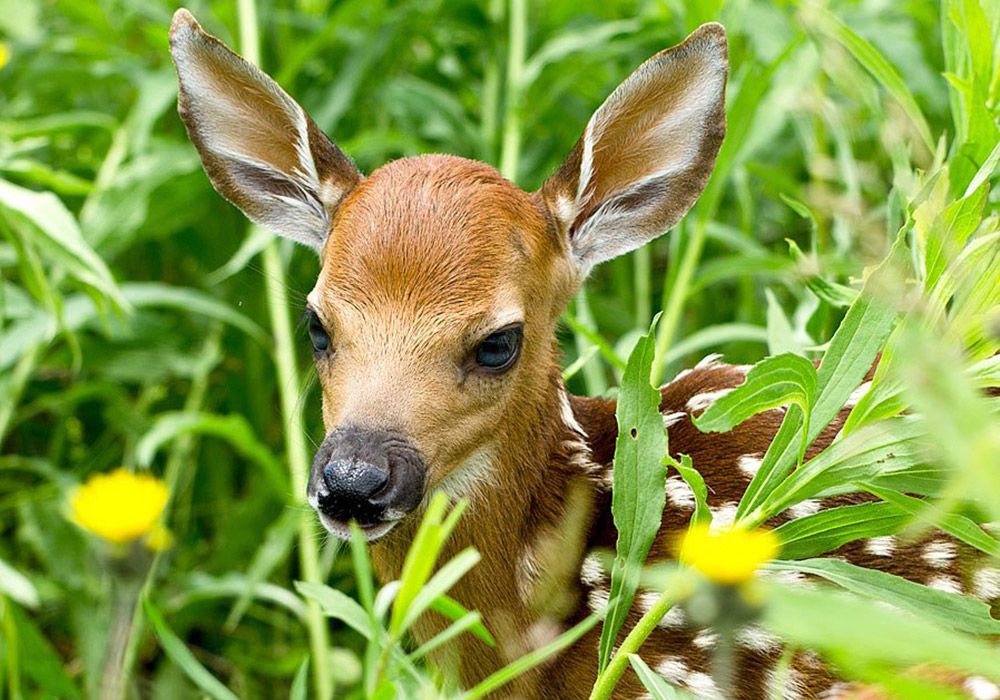Gifts of Insurance
A gift of life insurance can be a low-cost yet generous way to make a meaningful contribution to the Tug Hill Tomorrow Land Trust. You can name Tug Hill Tomorrow Land Trust as primary beneficiary of your life insurance policy or as contingent beneficiary should your other beneficiaries not survive you. You can also donate your paid-up life insurance policy.
Benefits to you
- Reduction in your estate taxes, because the proceeds of the policy are no longer part of your estate.
- A charitable deduction when you name Tug Hill Land Tomorrow Land Trust as a beneficiary or assign ownership to the land trust.
Designating Tug Hill Tomorrow Land Trust as a Beneficiary
When you designate Tug Hill Tomorrow Land Trust, in part or in full, you still retain ownership of the policy and have the flexibility to make changes to the beneficiary designation later.
Any policy proceeds distributed to the Tug Hill Tomorrow Land Trust will be exempt from estate tax calculations. As the beneficiary, we would receive the gift after your lifetime.
Donate Your Life Insurance Policy
If you no longer need your life insurance policy, and it is all paid up, you can donate it to Tug Hill Tomorrow Land Trust. In return for donating a portion or the entirety of your life insurance policy, you can claim an income-tax deduction for either the tax basis or the fair market value of the policy, whichever is less, for the year of the donation. If you stare still paying premiums, in subsequent years, you may designate deductible cash gifts to the Land Trust, which you can use to make the premium payments.
For more information, please contact your financial advisor or call Linda Garrett, Executive Director, at (315) 779-8240 or email her at lgarrett@tughilltomorrow.org and she will be happy to help you.

